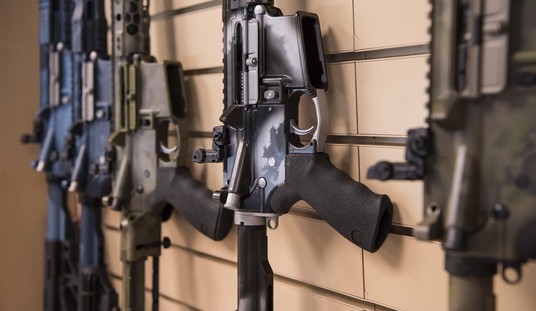In journalism, articles tend to be written in a particular format called the inverted pyramid. What you do is write a story with all the most pertinent details up at the top of the story, then you add details as you go down in order of importance. The most important details go near the top and so on. That’s so an editor can trim a story to find the space available in a newspaper without removing important points of the story.
However, it’s also so people can read just a bit of the story and get the gist of what’s going on.
In this day and age, though, many people never get much further than the headlines. They read that and, depending on the information contained, may never click on a link. That’s what you get headlines like the one above. Sorry, but a fellow has to eat.
Couple that with how social media sites like Twitter tend to not just drive clicks but also “inform” people in 240 characters or less, and you have a huge problem.
Anyway, creative uses of headlines and tweets to provide misleading information is nothing new. It’s kind of a sport for some journalists, or so it seems. Yet one who didn’t know any better would think the New York Times, supposedly the most respected publication in the nation, would be better than that.
In a June 3 tweet, the Times noted, “A study of 700,000 first-time handgun buyers found that, on average, they were nine times as likely to later deliberately shoot themselves than non-buyers were.”
Sounds horrible. And it is.
The story is about suicide, and covered a new study from California that tracked roughly 676,000 gun buyers between 2004 and 2016.
The subject entails tragedy and woe, but the sensationalism of the tweet doesn’t match the guts of the study or the story.
For example, according to the study itself, the researchers tracked 26.3 million people for 12 years. Of those, 676,425 — just 2.6% — acquired one or more pistols during the study period. Of that subset, nearly 1.5 million passed away. Among that group, 17,894 committed suicide, of which 6,691 were gun-related.
In short, less than one-half of 1% of people who died during the study died from a gun-related suicide.
Then why frame it in such a way?
Of course, that’s easy. The elitists at the Times don’t like the idea of the peasants having guns. They can’t ban you from having them–that’s not within their power and they know it–so they want to dissuade you from buying a gun. They want to make you think that if you have a gun, your life is in danger when they know that’s not the case.
You see, the media doesn’t necessarily lie. They know that they can’t, not and still retain any level of credibility. They can be wrong from time to time–that can be forgiven–but they can’t outright lie.
So, what they do is manipulate facts and frame them in such a way that’s misleading without being an outright fabrication. They’re desperate to remove the gun culture from the American landscape and they’re using all the tools they have to accomplish that. By doing it this way, they can claim in absolute honesty that their reporting is factually correct. After all, it seems to be.
But the framing is deceptively framed so as to create an illusion that guns are inherently dangerous to those who own them, and I’ll be damned if I buy that they didn’t do that on purpose.






Join the conversation as a VIP Member